What's New in Robotics This Week - Dec 16

Posted on Dec 16, 2016 7:00 AM. 10 min read time
Amazon's 1st commercial drone delivery; building friendly bots; new Japan disaster bot; sculpting bots; UK farming experiment; bots w/ the human touch, and much more. Find out what's happening in our robotics universe this week. We hope that the news we have selected will interest and amuse you. Enjoy!
An Amazon Drone Has Delivered Its First Products to a Paying Customer (MIT Technology Review)
On Wednesday, Amazon revealed that it successfully competed its first ever commercial drone delivery.
Made December 07 in the UK, the delivery consisted of an Amazon Fire TV stick, a small and slender gadget, and a bag of popcorn.
At a test site just outside Cambridge, U.K., Amazon has built a small fulfillment center with a drone launchpad. An order weighing up to five pounds can be packed into the drone, which then finds its way to a customer’s house autonomously using GPS, always flying below 400 feet.
It only serves two nearby customers now, which clearly makes it a promotional stunt rather than a real delivery method. But it claims that it will increase that number to a few dozen before long, and later to hundreds. Ultimately, of course, it envisages skies thick with the small aircraft.
Dear Engineers: Please Build Friendly Robots (PC World)
The IEEE Global Initiative for Ethical Considerations in Artificial Intelligence and Autonomous Systems released a report this week aimed at encouraging engineers and researchers to think ethically when building intelligent software and hardware systems.
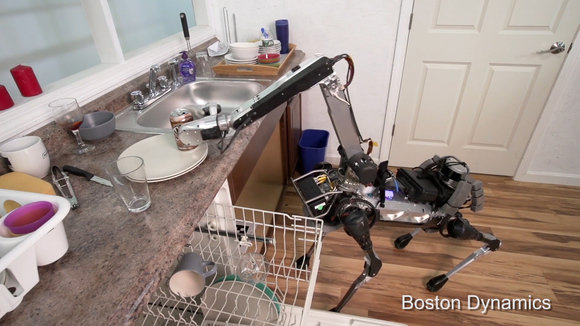
“Ethically Aligned Design” calls for more transparency about how automated systems work, increased human involvement, and care for the consequences of systems design.
In the future, this work should lead to the creation of IEEE standards around ethics and intelligent systems. One such standard around addressing ethical concerns in system design is already in the works, and two more are on the way.
But even if this process leads to the creation of standards, organizations will still have to choose to adopt them. It could be that the creation of ethical systems would be seen as a marketing differentiator — a robot that’s 65 percent less likely to murder someone should be more appealing to customers.
A Skillful Rescue Robot With Remote-Control Function (Alphagalileo)
A group of Japanese researchers has developed a prototype construction robot for disaster relief situations that offers "drastically improved operability and mobility compared to conventional construction machines."
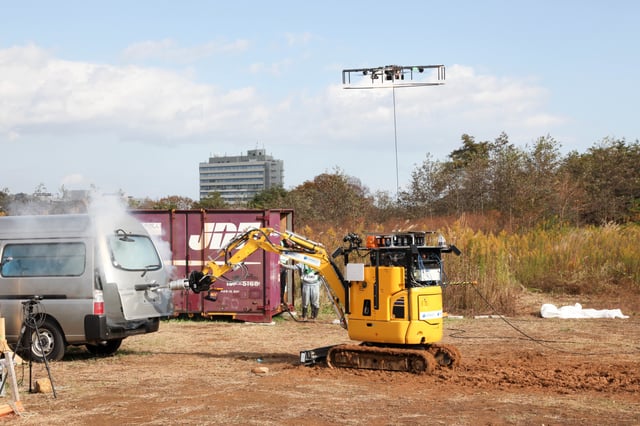
The prototype boasts a range of capabilities, including:
Technology for quickly and stably controlling heavy power machines with high inertia by achieving target values regarding location and speed through fine tuning and by controlling pressures on a cylinder at high speeds.
Machine control technology that estimates the external load of multiple degree of freedom (DOF) hydraulically-driven robot from oil pressure of each hydraulic cylinder. The estimated force will be used for force control or force feedback to the operator of tele-operated rescue robots.
Sensors that measure high frequency vibration installed at the end effector of the robot that give the operator vibrotactile feedback.
A four-way fish-eye camera mounted on the robot that show the operator real time images of the area so the operator can assess the area surrounding the robot.
Sculpting Robots (Swiss National Science Foundation)
Fascinating piece about the work of Canadian Jamie Paik, a mechanical engineer with a deep appreciation of art, and founder of the Reconfigurable Robotics Lab at EPFL in Switzerland.
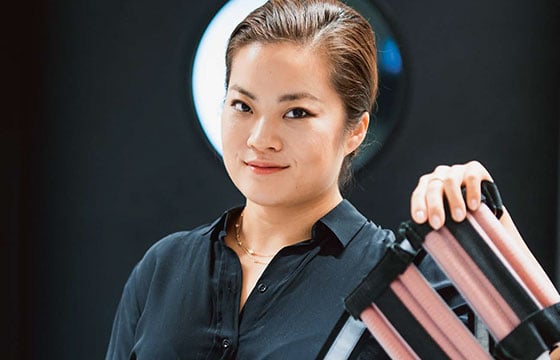
Paik's specialty is soft robots that can rapidly alter their shape and movement in response to changing environments and situations. One of her lab's primary research projects is the 'origami robot': a Post-It note-sized sheet of 3D-printed tiles connected by flexible joints and embedded copper circuits, which folds itself into shapes and could have applications in tasks ranging from communications to search-and-rescue missions. But Paik says her research is inspired more by her love of sculpture than of paper cranes.
"We want robots that are close to us in our daily lives, without always having to tell them what to do", Paik says. Her dream would be to create a wearable robot to help with back pain – something she herself suffers from. She's not far from her goal. Wearable robotics is a main focus of the Swiss National Center of Competence in Research (NCCR) Robotics, of which Paik is an active member. "The best solutions recommended for back pain are often weight loss and doing exercises. But I want to create a next-best solution: something you can wear that reminds you to do exercises, and that helps to stabilize your core".
A World's First Robot Farming Experiment Gets Under Way (BBC)
A team of UK scientists is working on a project to grow a hectare of spring barley using robotics means only. In fact, humans are strictly prohibited from accessing the test site, which will be farmed by a combination of autonomous vehicles and drones.
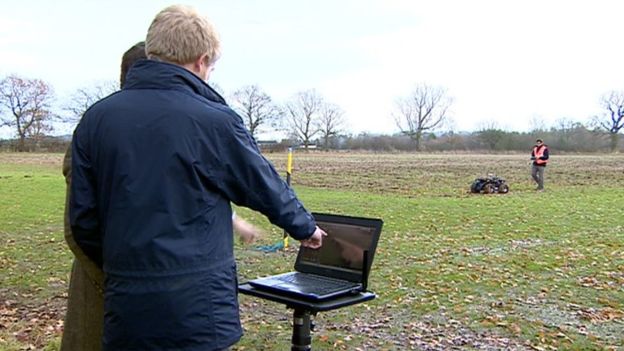
A modern tractor can drive itself using GPS and decide how much pesticide or fertilizer to apply and where to do it. In theory making the tractor completely autonomous is the next logical step. After all, that's what is happening with self-driving cars.
But these tractors are also really big. That means they can crush the soil which reduces yields and their size also limits the accuracy when applying those expensive chemicals.
The alternative is the approach being taken at Harper Adams.
Smaller, lighter, cheaper machines that achieve the same result but leave the soil in better shape and which can tackle weeds and more with pinpoint accuracy.
China’s Robot Sales to Grow 20pc This Year but Boom Times Are Over (South China Morning Post)
Approximately 80,000 industrial robots are expected to be sold on mainland China this year, up 20 per cent year on year, according to forecasts from the GG Robotics Research Institute and the China Artificial Intelligence Robot Industry Alliance.
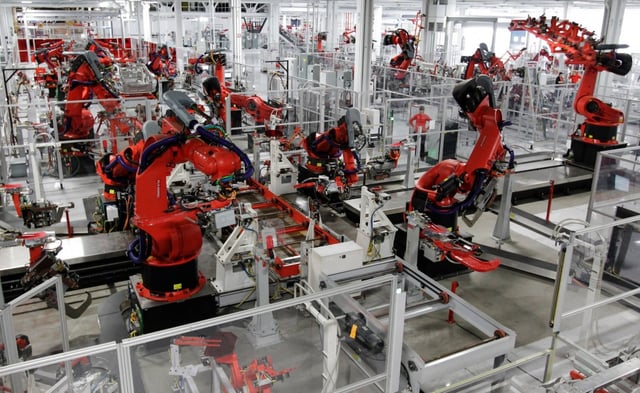
Growth in the industrial robot market on the mainland slowed in 2015, with sales up 16 per cent year on year to about 66,000 units, compared with the more rapid year-on-year growth of 55 per cent in 2014 to 57,000 units.
In the first 10 months of this year, a total of 56,604 industrial robots were sold in China, according to the latest figures from the National Bureau of Statistics.There were several impediments to robot industry growth this year that prevented it from reaching the levels of 2014, said Zhang Xiaofei, founder of the GG Robotics Research Institute.
“The manufacturing market is tough in China this year following an economic slowdown, while costs for those domestic industrial robot makers remains high because of the lack of development of technology breakthroughs in core components for mass production.
“Government incentives such as subsidies are not as attractive and generous as 2014 and earlier last year,” he said.
New Robot Has a Human Touch (Cornell University)
Researchers at Cornell University have devised a way for a soft robot hand to sense its surroundings internally, using stretchable optical waveguides as curvature, elongation and force sensors.
Optical waveguides have been in use since the early 1970s for numerous sensing functions, including tactile, position and acoustic. Fabrication was originally a complicated process, but the advent over the last 20 years of soft lithography and 3-D printing has led to development of elastomeric sensors that are easily produced and incorporated into a soft robotic application.
Shepherd's group employed a four-step soft lithography process to produce the core (through which light propagates), and the cladding (outer surface of the waveguide), which also houses the LED (light-emitting diode) and the photodiode.
The more the prosthetic hand deforms, the more light is lost through the core. That variable loss of light, as detected by the photodiode, is what allows the prosthesis to "sense" its surroundings.
I'll be back next week with a holiday-themed roundup of the top robotics and AI stories of 2016.
To whet your appetite, here's a taste of the latest achievement in deep learning; a piece of software that can write music in the style of Bach (and was good enough to fool half of the people that listened to it into thinking that the piece was a Bach composition):
Until then, hope you enjoy these videos and links...
NASA Scientists see Asteroid through the Eyes of a Robot (Space Daily)
Collaborative Robots and Industrial Robots Working in Harmony (Robotics Industry Association)
Case Study: A Task For Two Collaborative Robots (Robotics & Automation News)
How Do We Regulate Roboethics? (Robohub)
These 20 companies are racing to build self-driving cars in the next 5 years (Business Insider)
Japan is hoping robot babies will encourage people to have real babies (QZ)
Safety, Unintentional Risk and Accidents in the Weaponization of Increasingly Autonomous Technologies (UN Institute for Disarmament Research)
Will The Next Andy Warhol Be A Robot? (GQ)
One Billion More Mouths To Feed By 2050 (Asian Robotics Review)
A Hardware-Based Modeling Approach for Real World Collaborative Multi-Robot Tasks (PDDNet)
Global industrial robotics market to be valued at over USD 70 billion by 2023 (SAT Press Releases)


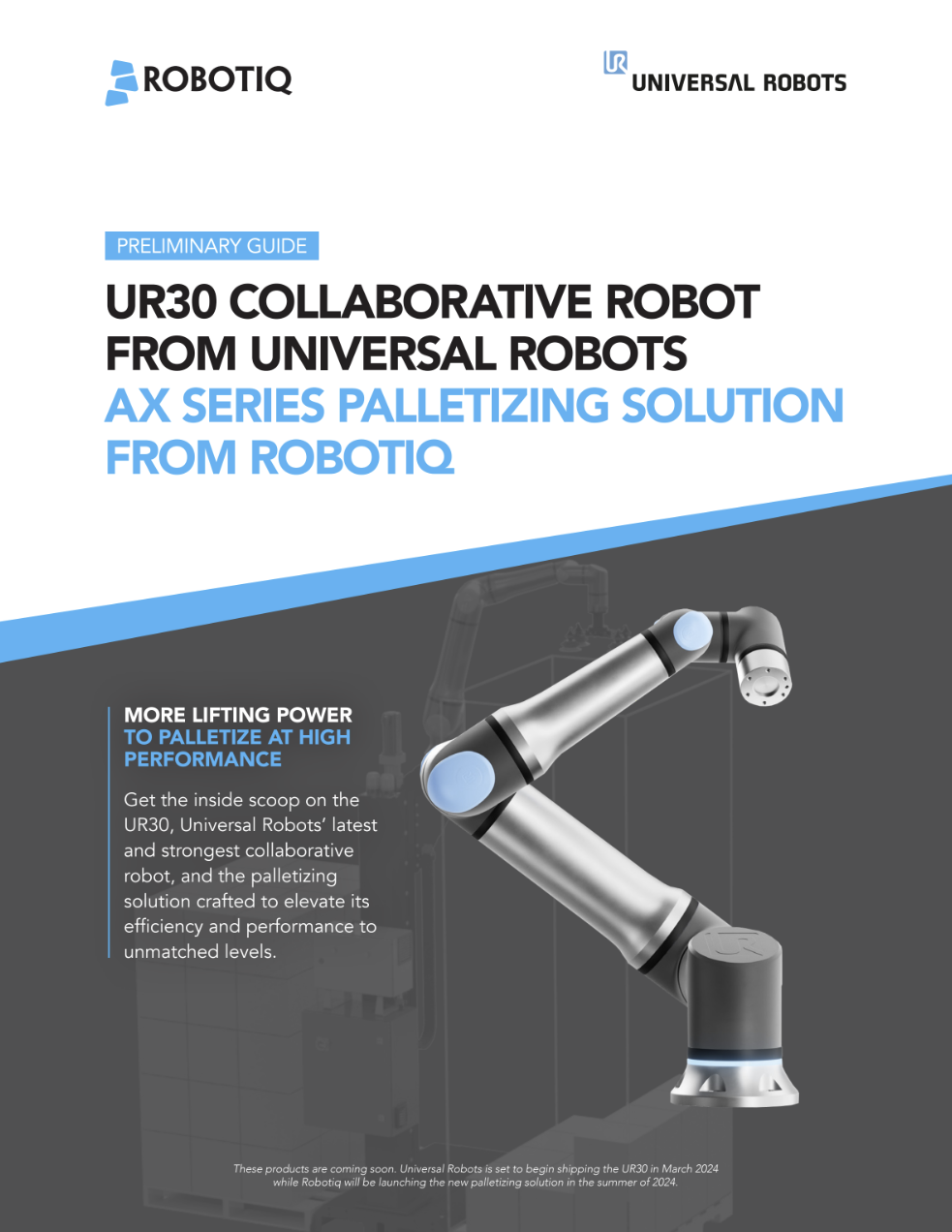

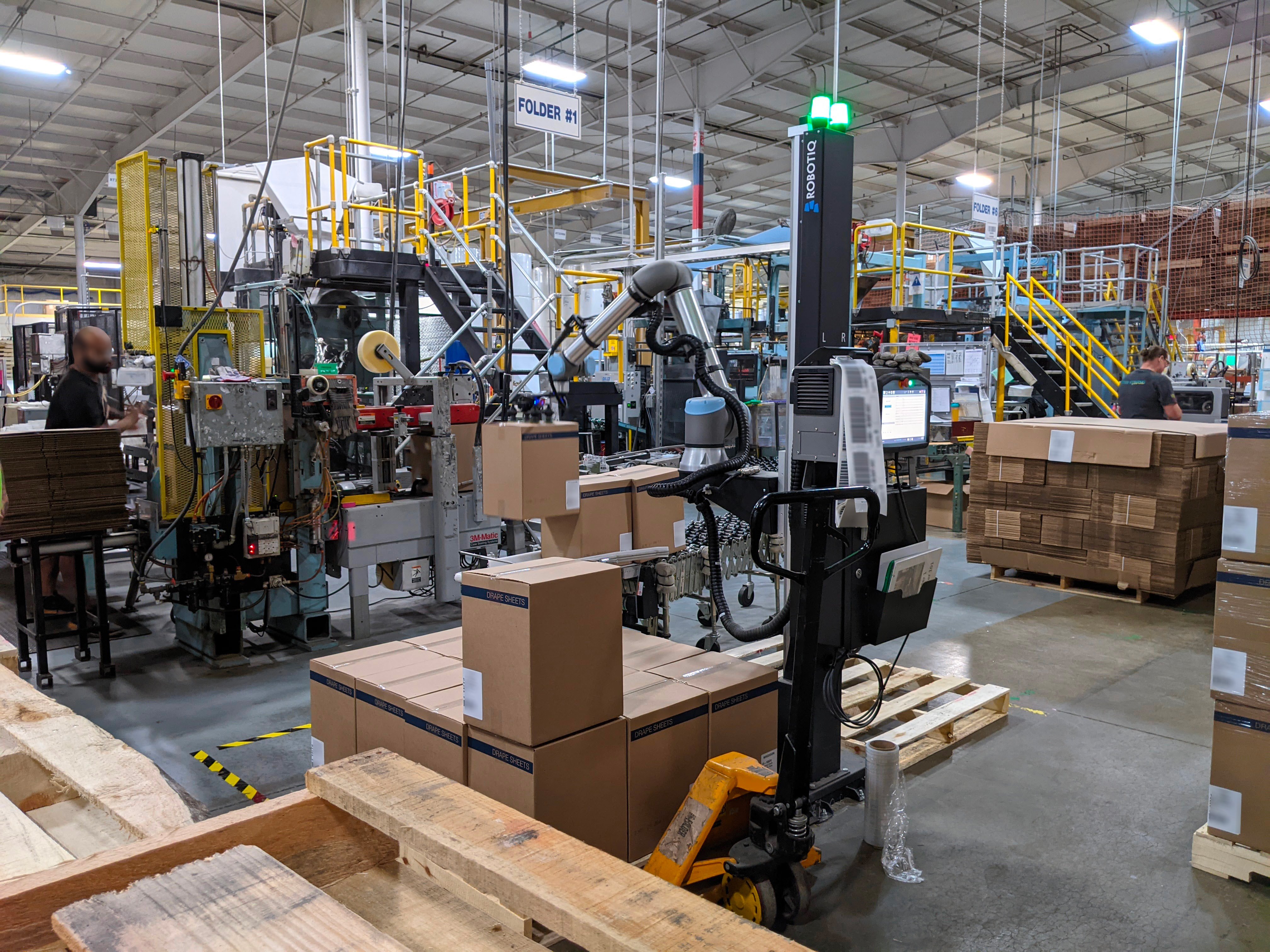



Leave a comment